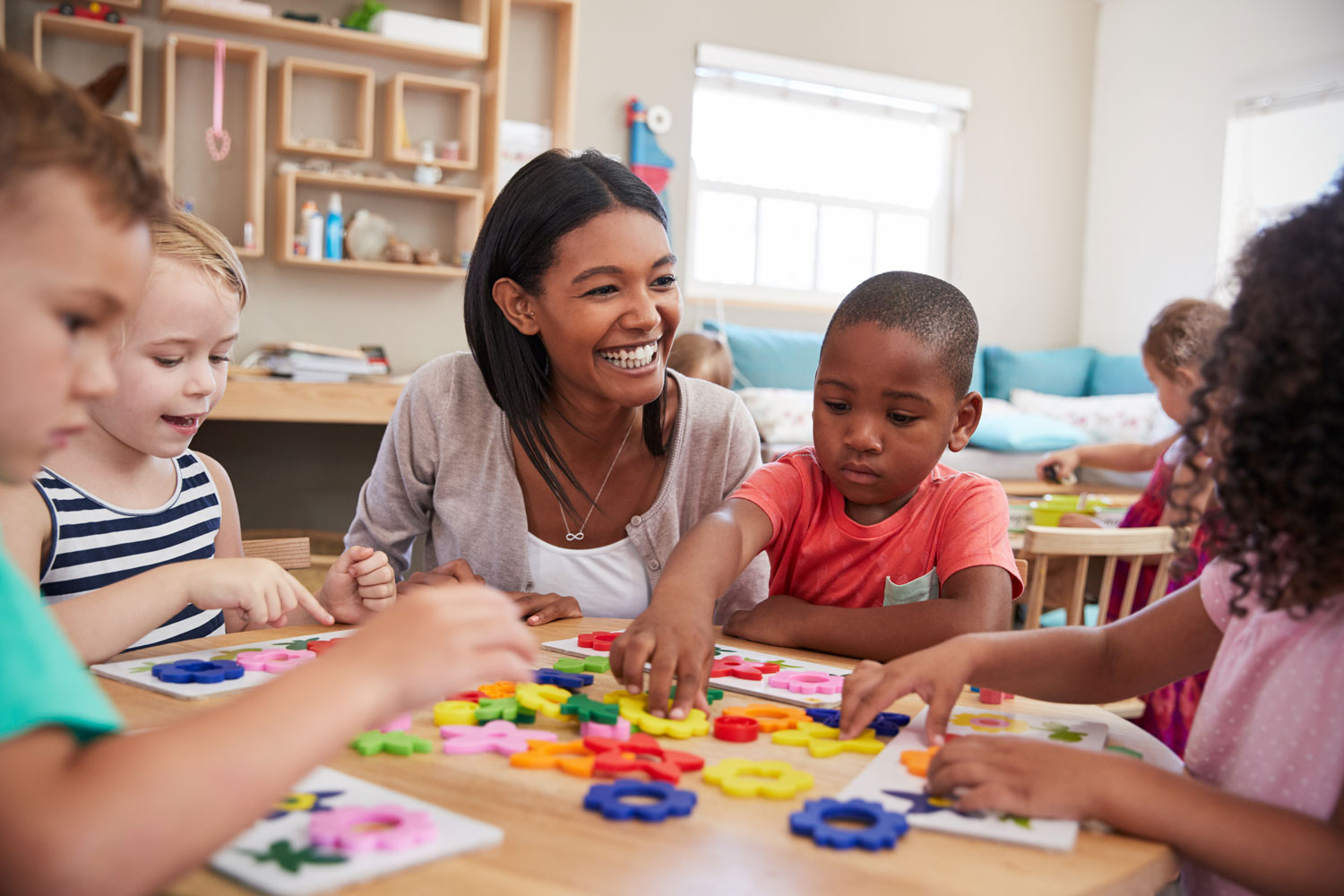Choosing a Preschool That Encourages Language Learning: What Should You Look For?

Choosing a preschool for your child can be tricky. Parents want their child to be ready for kindergarten, and this includes having the necessary language skills to learn, understand, discuss, and ask and answer questions. Because so much of children’s language learning is influenced by the people they interact with during everyday life, choosing a preschool that promotes your child’s language skills is key.
How can you figure out, though, whether a preschool is setting the stage for language learning? What are the most important things teachers can do to ensure that your child reaches his potential when it comes to language skills?
How teachers influence children’s language
There are many ways teachers shape children’s language growth in preschool classrooms and these include:
- Using a lot of language throughout the day
- Using a wide variety of words
- Expanding on the things children say
- Explaining new concepts and challenging their thinking
- Reading books and having discussions about the story and characters
- Asking questions and making comments
- Encouraging children to have back-and-forth conversations
While we know that all of these things help children, a new study looked at which of these factors has the biggest effect on children’s language skills [1]. The researchers studied 330 preschool children and their teachers. They wanted to know whether the way teachers spoke to the children had any long-lasting effects on their language skills one year later when they were in kindergarten.
Classroom conversations matter
The researchers found that children who participated in more conversations during preschool had bigger vocabularies when they were in kindergarten. This mattered more than the amount of language the children heard everyday or the concepts they were taught. Being part of back-and-forth conversations with teachers and other children mattered most when it came to their vocabulary one year later.
Teachers encouraged conversations by doing the following:
- Being warm and responsive when children attempted to start a conversation
- Waiting for the children to communicate (instead of taking over the conversation) and looking at them expectantly to encourage the children to talk and to give them a little clue that it was their turn to talk
- Speaking slowly and not rushing the conversation
- Asking open-ended questions that encourage conversation (instead of questions that only encourage one-word answers)
- Helping children have conversations with other children
Children need to be part of back-and-forth conversations about their interests in order to grow into effective communicators.
While the number of words children hear has an impact on their language development, several recent studies have shown that it’s the quality of interactions and conversations they have with their caregivers that makes the biggest difference [2,3]. It’s not enough to hear lots of words. Children need to be part of back-and-forth conversations about their interests in order to grow into effective communicators.
So, when it comes to choosing a preschool for your child, look for an environment where the children are encouraged to participate in back-and-forth discussions and conversations with their teachers and their peers.
Look for a preschool classroom in which teachers are:
- Sitting down with the children, at their level, and encouraging them to talk about their interests
- Giving children an opportunity to express themselves by waiting for them, and then taking back-and-forth turns with them during the conversation
- Not monopolizing conversations
- Listening carefully and responding with warmth and enthusiasm
- Keeping the conversation going by asking open-ended, thought-provoking questions
- Creating an environment and setting up activities where children are encouraged to talk to each other
This type of encouragement is also helpful at home, and parents can use these same tips to promote conversations with children. For more information about how to encourage back-and-forth conversations with your child, please have a look at the following articles:
Similar articles by tag:
Vocabulary | Early Childhood Settings | Language Development | Book Nook | Turn-taking
